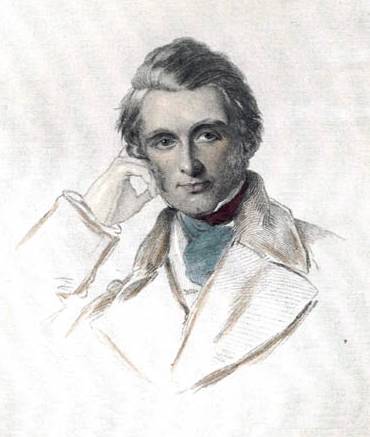"... Now, I have insisted long on this English character, because I want the reader to understand thoroughly the opposite element of the noble picturesque: its expression, namely, of suffering, of poverty, or decay, nobly endured by unpretending strength of heart. Nor only unpretending, but unconscious. If there be visible pensiveness in the building, as in a ruined abbey, it becomes, or claims to become, beautiful; but the picturesqueness is in the unconscious suffering.
...their merely outward delightfulness—that which makes them pleasant in painting, or, in the literal sense, picturesque—is their actual variety of colour and form. A broken stone has necessarily more various forms in it than a whole one; a bent roof has more various curves in it than a straight one; every excrescence or cleft involves some additional complexity of light and shade, and every stain of moss on eaves or wall adds to the delightfulness of colour. Hence, in a completely picturesque object, as an old cottage or mill, there are introduced, by various circumstances not essential to it, but, on the whole, generally somewhat detrimental to it as cottage or mill, such elements of sublimity—complex light and shade, varied colour, undulatory form, and so on—as can generally be found only in noble natural
objects, woods, rocks, or mountains."
Modern Painters IV
...their merely outward delightfulness—that which makes them pleasant in painting, or, in the literal sense, picturesque—is their actual variety of colour and form. A broken stone has necessarily more various forms in it than a whole one; a bent roof has more various curves in it than a straight one; every excrescence or cleft involves some additional complexity of light and shade, and every stain of moss on eaves or wall adds to the delightfulness of colour. Hence, in a completely picturesque object, as an old cottage or mill, there are introduced, by various circumstances not essential to it, but, on the whole, generally somewhat detrimental to it as cottage or mill, such elements of sublimity—complex light and shade, varied colour, undulatory form, and so on—as can generally be found only in noble natural
objects, woods, rocks, or mountains."
Modern Painters IV

No comments:
Post a Comment